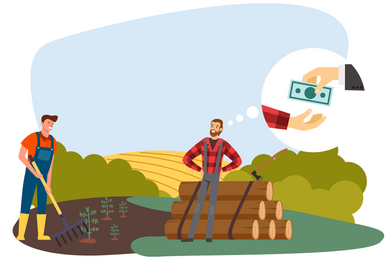Posts by Financial Institutions

Financial Inclusion in the Pandemic: the Way Forward for Banks & Fintechs
It's clear that the COVID-19 pandemic has driven society to become more digital, to increase the use of electronic devices and to do almost everything online. What can we expect from traditional banking models and Fintech companies in 2021?

First Sustainable Bond in Central America, A Regional Trailblazer
Banco Promerica Costa Rica's first sustainable bond issue in Central America paves the way for the region's financial sector to align itself with the latest trends in international finance and refine the environmental and social impact assessment of its operations.

How the Way Was Paved for Sustainable Investment in Latin America and the Caribbean
Latin America and the Caribbean is experiencing an expansion in sustainable investment, greater interest by investors, a wider range of products, and a public sector that is encouraging this investment.

How to Support SMEs Joining Global Trade and Value Chains
The incorporation of emerging market SMEs into global trade and value chains brings important benefits and opportunities for the economic development of countries and companies.

Accelerating the Region’s Recovery through Trade Finance
About 90% of global trade depends on some type of financing, mainly in the short-term. Today more than ever, companies in Latin America and the Caribbean need to finance their trade operations to be more resilient and sustainable in the long-term.

Amid the Pandemic, Governments and Multilateral Development Banks Must Continue Supporting Financial Institutions
Governments and multilateral development banks in Latin America & the Caribbean are playing a critical role in supporting financial institutions amid the pandemic, but must be ready to up the ante as the ultimate effects of the lockdown measures become evident in the financial sector, especially key microfinance institutions
